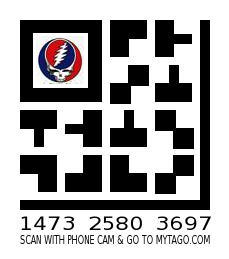The Context of CSCW by Liam J. Bannon and John A. Hughes is an interesting report that gives some contextual and historical elements of the research field I am doing my PhD work: Computer Supported Cooperative Work
Some excerpts I found pertinent with regards to what I experiences:
The term CSCW was coined by the computer scientists Irene Greif of MIT (now at Lotus) and Paul Cashman of Digital in the early eighties. (...) There is still no commonly accepted definition of CSCW (Wilson, 1991). Indeed, whether CSCW can be viewed as a new field of research in its own right has been questioned by some. Bannon et al. (1988) noted how CSCW might be viewed as simply an "umbrella term" that allowed people from a variety of different disciplines, with partially overlapping concerns, to come together and discuss issues, without any common ground as to the concept of CSCW, other than the very loose idea that it was somehow about the use of computers to support activities of people working together.
... a field made up of very different people:
Within the field of CSCW, loosely construed, a number of different groupings have been discerned by commentators. Howard (1988) coined the term "strict constructionists" to describe those in the field focused on the development of computer systems to support group work, who tend to use themselves as objects of analysis in the provision of support tools. These people, mainly implementers, are interested in building tools - widgets, and they see the area of CSCW as a possible leverage point for creating novel applications. Most of these people equate the CSCW field with Groupware, as they focus on new software applications.
Howard (1988) has labelled those who make up the remainder of the CSCW field, the larger part, as "loose constructionists," a heterogeneous collection of people, some of whom are drawn to the area by their dissatisfaction with current uses of technology to support work processes, others because they see in this area a chance for communities who traditionally have not had a voice in the design of computer systems to have one.
The authors then describe different shifts which have informed the rise of CSCW: new information systems practice (less about automation, more about sociality), the search for new software application markets, the organisational environment (need for better ways of organising and co-ordinating work activitie), news technological developments (better "connectivity" of computer systems), people's expectations (more flexible and tailorable user interfaces), the requirement of ecological validity in HCI.
Why do I blog this? because it gives context to my research, to see where I sit (studying the cognitive coupling between users and the system).












 (picture taken from the original project, courtesy of Adam Somlai-Fisher, Usman Haque and Bengt Sjölén)
(picture taken from the original project, courtesy of Adam Somlai-Fisher, Usman Haque and Bengt Sjölén)





